Jeep made a grand entry into the Australian four-wheel drive market with its rough and ready Cherokee wagon in 1994. With some sharp pricing and high equipment levels it quickly gained a following, until its shortcomings began to hit home.
In essence its build quality was well below that of its Japanese rivals, the interior trim components fell apart, and it wasn’t very roomy inside. Its appeal lay in its ease of use in town coupled with its off road capability, in short it was perfect for town use with the capacity to go off road if its owner ever wanted to go bush.
The reality was that the original Cherokee was quite a dated vehicle when it landed here, there was already a replacement waiting in the wings in its homeland and it was only a matter of time before it was replaced here.
That came in 1996 in the form of the Grand Cherokee, a much improved wagon that was much better built than the vehicle it replaced and had a much more impressive list of standard features. it was also quite a step up in price.
The Grand Cherokees that were sold here were built in Austria, the most probable reason for the lift in quality compared to the old Cherokee that came from North America.
MODEL WATCH
There were two models of the Grand Cherokee, the entry level Laredo and the luxury Limited.
The Grand Cherokee was larger outside, larger inside, looked more modern and was more refined than its predecessor. It had a lot going for it compared to the Cherokee, but it still had some deficiencies compared to its competitors.
Comfort was commendable, particularly for those in the front seats with comfy buckets and plenty of leg and head room. It wasn’t quite the same story for those in the rear who had to share a bench. There was adequate head and leg room, but because the folding seat was so low to the floor adults had to sit with their knees elevated. Don’t look for a third row of seats because there wasn’t one.
Load space was improved over the Cherokee, but it wasn’t great, and it had to accommodate the spare wheel, which took a sizeable chunk out of what was available.
The effort Jeep had put in to make the Grand Cherokee more refined was evident in the lack of road and wind noise as you rolled down the road. There was little doubt that this was a great improvement over the old Cherokee.
Power was provided by the same overhead valve fuel-injected straight six-cylinder engine that powered the Cherokee, but considerable work had been done to smooth some of the rough edges that made it less appealing in the old model. Capacity was 4.0 litres and it put out a respectable 130 kW and 301 Nm.
A four-speed auto was standard and all four wheels were driven. Jeep’s full-time drive system drove the rear wheels, just like a rear wheel drive car, until they began to slip when it would begin to transfer drive to the front wheels via a viscous-coupled centre diff. As a result grip was exceptional giving the Grand Cherokee a sure footed feel.
On the road the Grand Cherokee rolled quite a bit with its very long wheel travel and that made it a little less reassuring than some other four wheel drives. It also made it less precise and made the steering feel somewhat vague.
The steering was power assisted and speed sensitive, which meant it had more assistance at lower speeds and for parking and less at higher speeds.
The ride was a little harsh. With beam axles front and rear, the Grand Cherokee wasn’t quite as refined as many of the rivals from other car makers, which offered independent suspension.
Tall gearing meant it was lazy, which helps explain the 10.6 litre/100km fuel consumption Chrysler claimed. It also helped explain why it needed a hefty stab on the gas pedal to get it going when you needed to overtake.
Offroad the Grand Cherokee was rated quite highly. It wouldn’t keep up with the heavyweights, LandCruiser and Patrol, but compared favourably with the need breed of part time off-roaders.
Standard features on the Laredo included dual airbags, four-wheel disc brakes with ABS, power steering, limited-slip rear diff, four-speed auto, air-conditioning, power windows, roof racks, alloy wheels, cruise, central locking, immobiliser. The Limited had even more with leather trim and power front seats with memory.
IN THE SHOP
Generally the Grand Cherokee stands up quite well in normal use. Look for telltale signs of regular off road use and walk away from any car that has spent its life off the black top. Typical signs are scratches down the body sides which can be expensive to remove, underbody damage to suspension, chassis and driveline components.
The engine, gearbox and drivelines are quite robust and don’t generally give trouble if they are well serviced so it’s important to sight a service record that can be verified. Driveline vibrations that show up in a road test should be investigated, could be associated with drive shaft joints.
Interior trim isn’t normally a problem if the wagon has been on the normal round town duty, but can be subjected to harsh treatment out in the bush. Look for signs of dirt, dust and mud inside.
LOOK FOR
• Solid body which stands up in town or the bush.
• Robust and reliable mechanical package
• Less roomy than most rivals
• Rear seat passengers have knees up around their ears
• economical but lacks performance of most rivals
• Plenty of standard features.
Jeep Grand Cherokee 1996: Laredo (4x4)
| Engine Type | Inline 6, 4.0L |
|---|---|
| Fuel Type | Unleaded Petrol |
| Fuel Efficiency | 15.0L/100km (combined) |
| Seating | 5 |
| Price From | $5,500 - $7,700 |
Range and Specs
| Vehicle | Specs | Price* |
|---|---|---|
| Laredo (4x4) | 4.0L, Unleaded Petrol, 4 SPEED AUTOMATIC 4X4 | $4,180 - $6,160 |
| Limited (4x4) | 4.0L, Unleaded Petrol, 4 SPEED AUTOMATIC 4X4 | $4,840 - $7,040 |
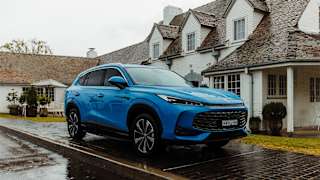




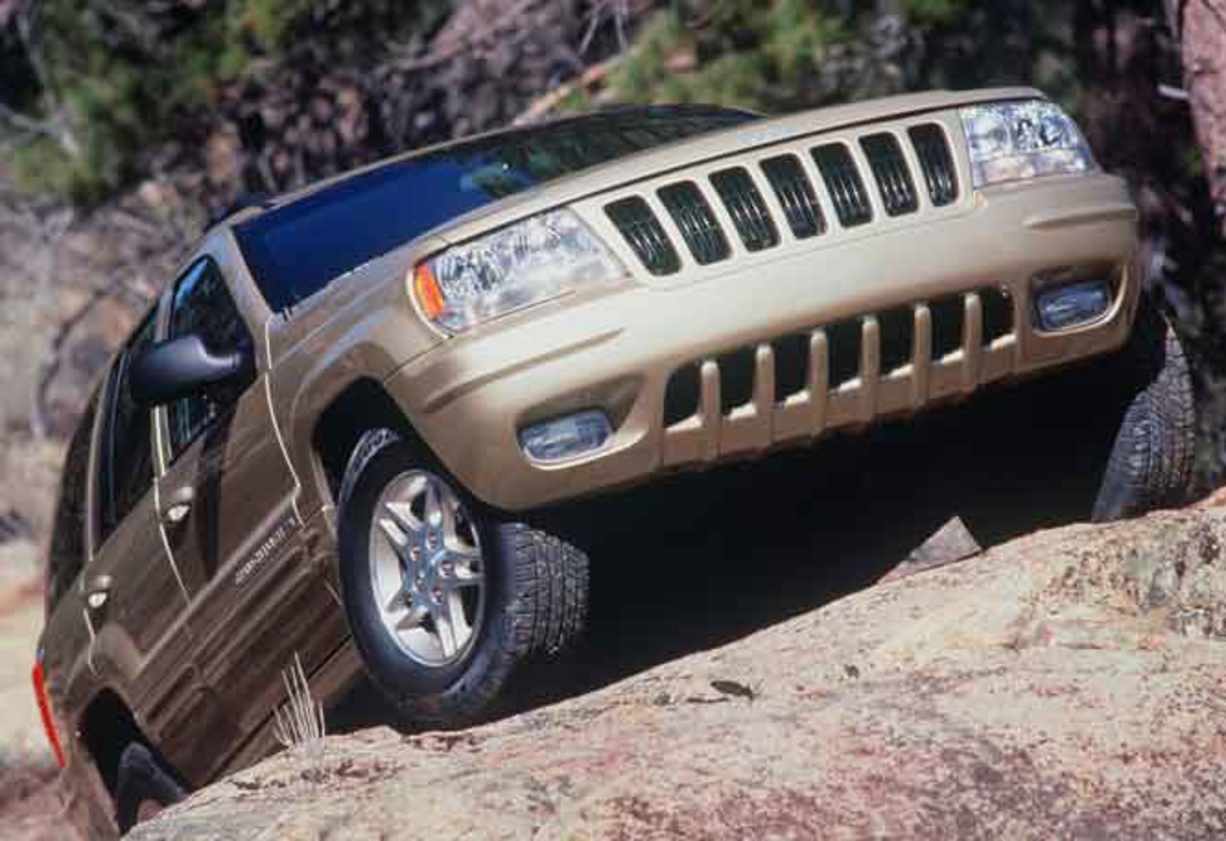
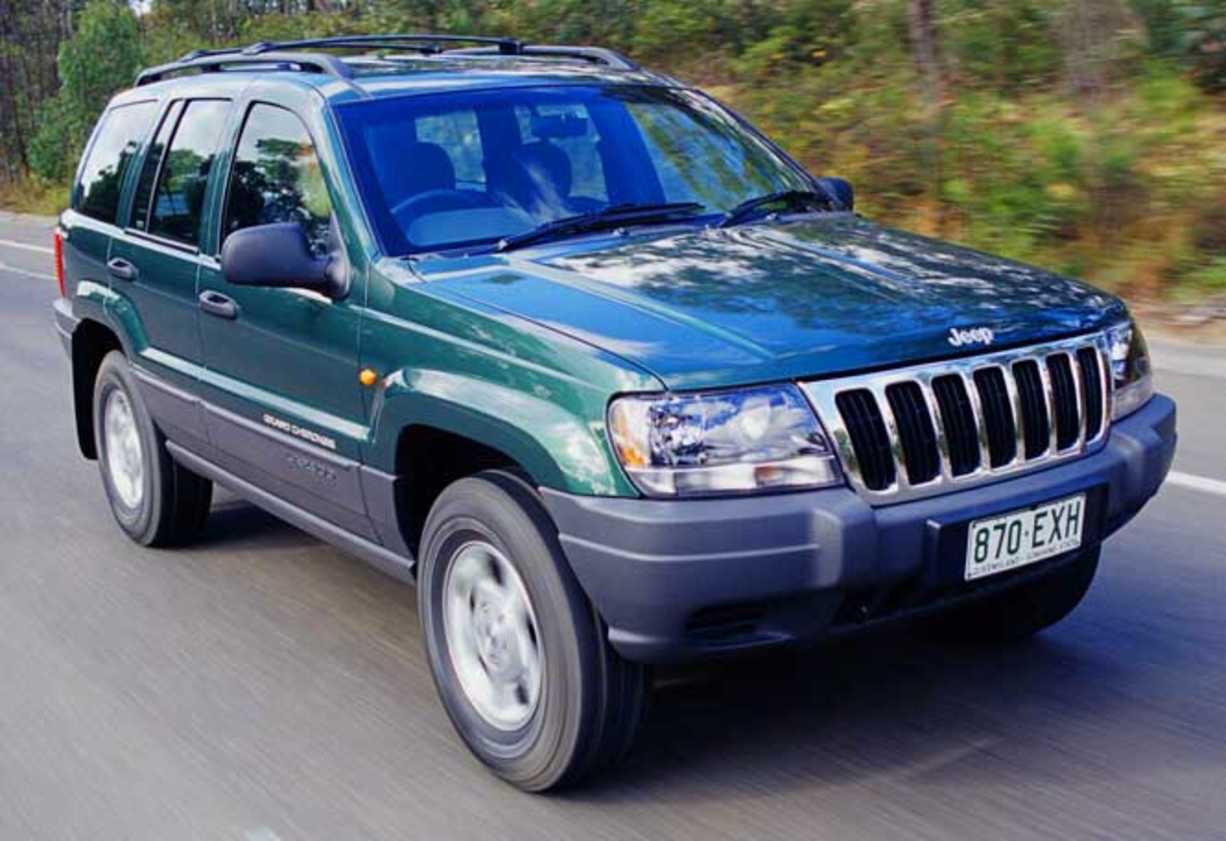
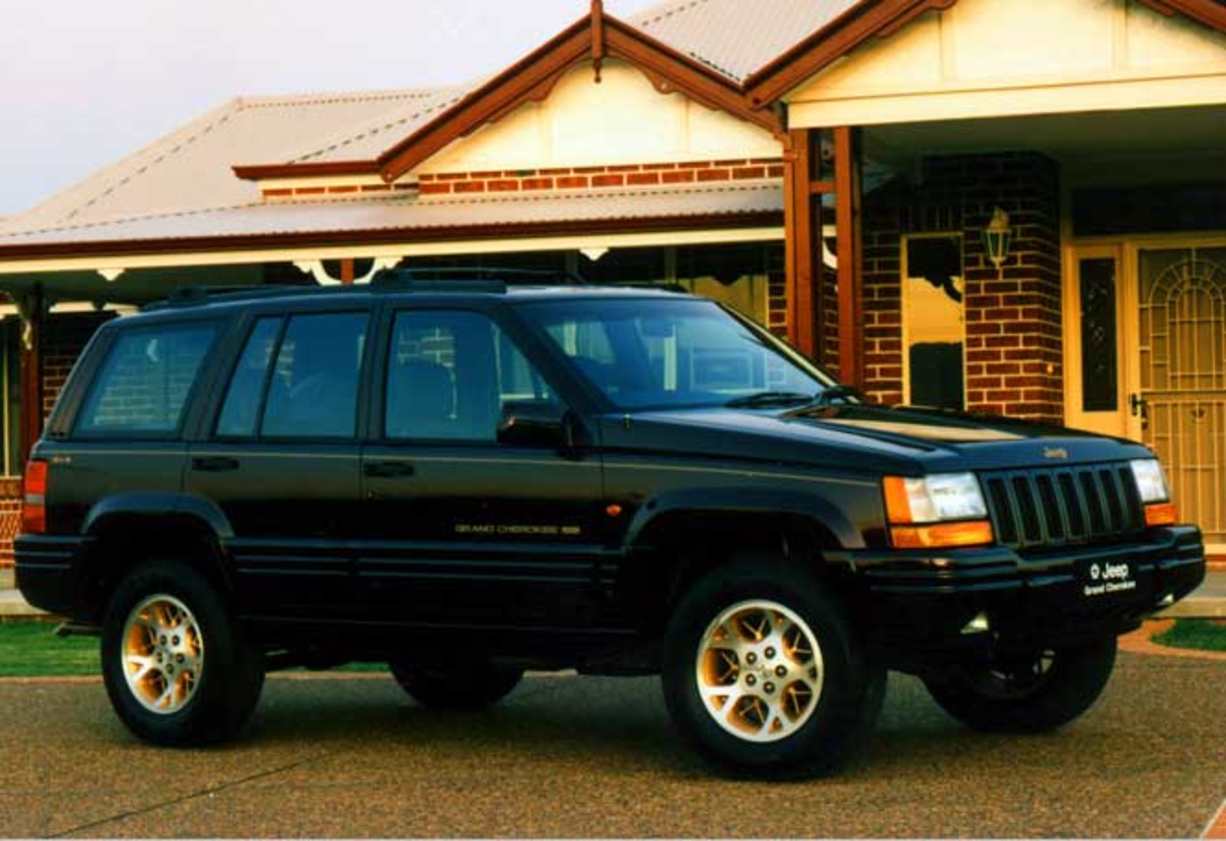
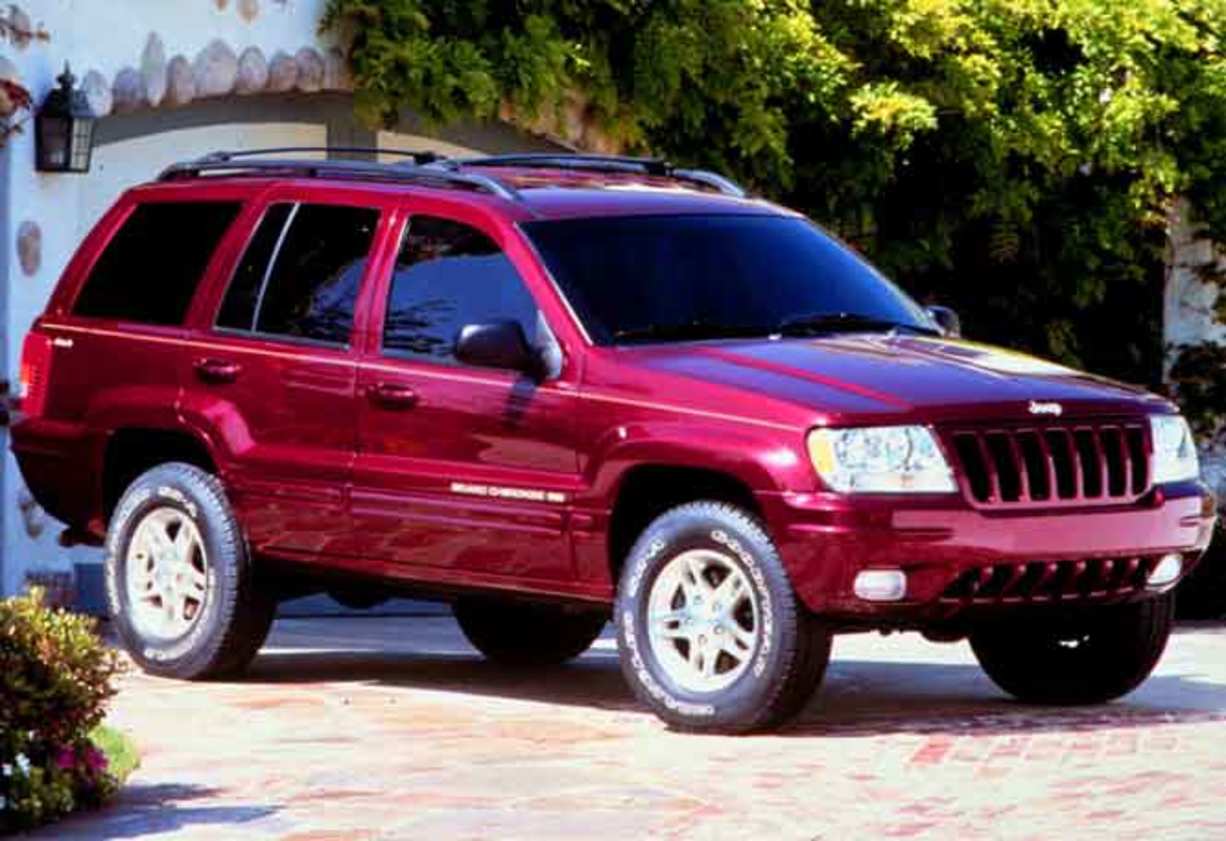
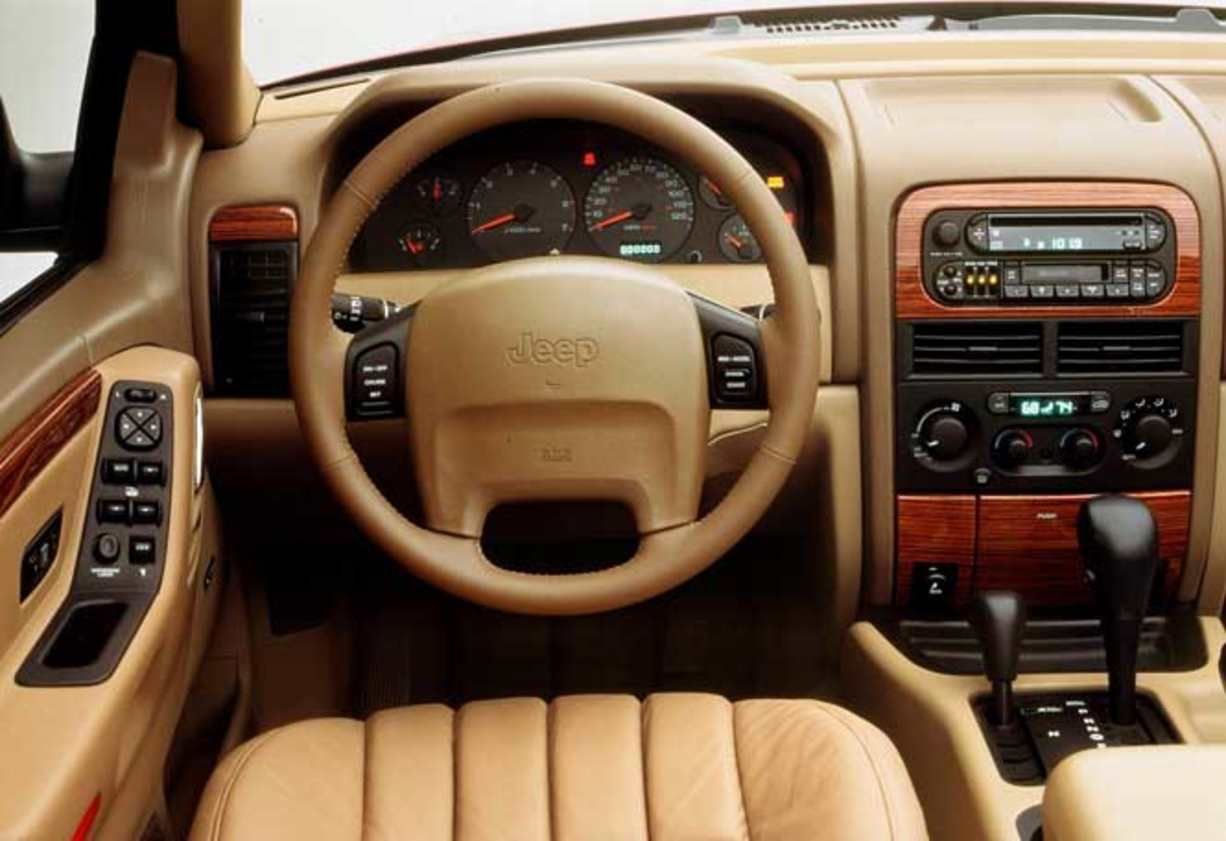
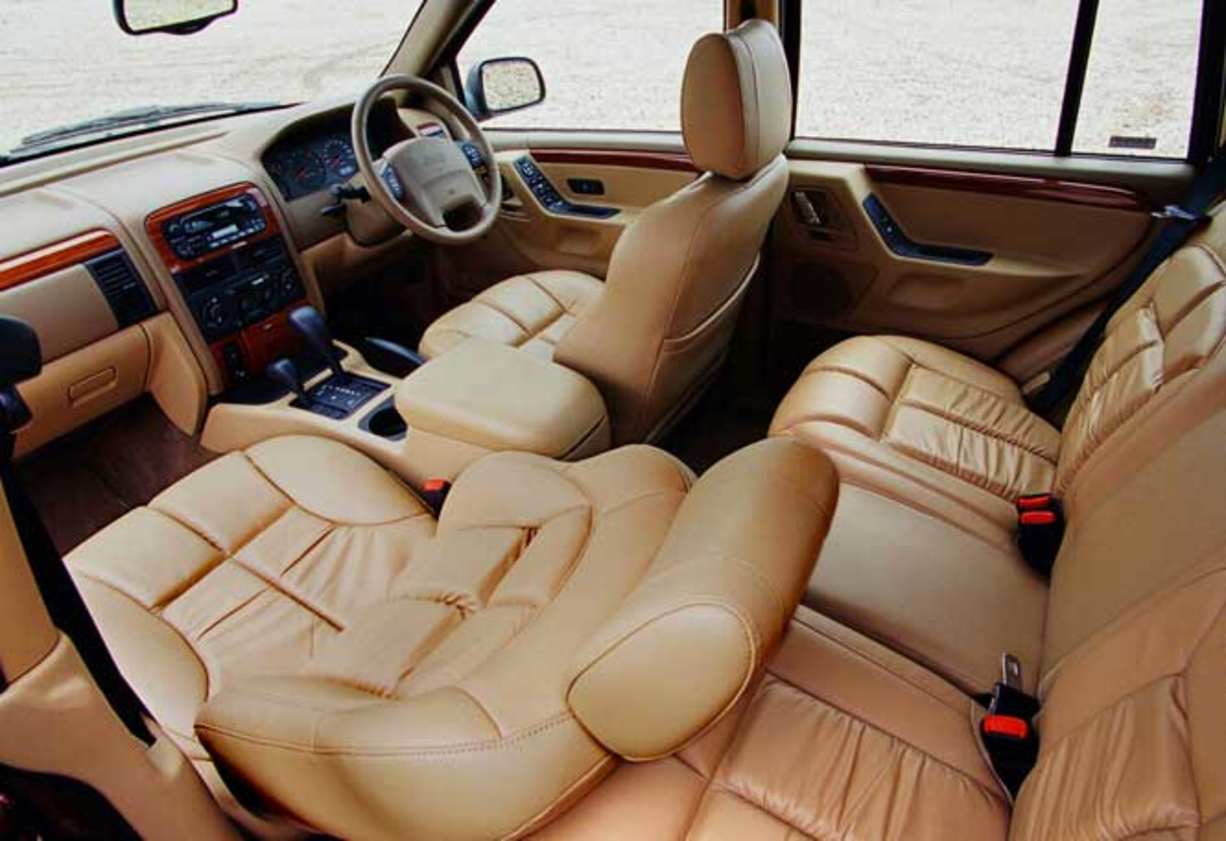
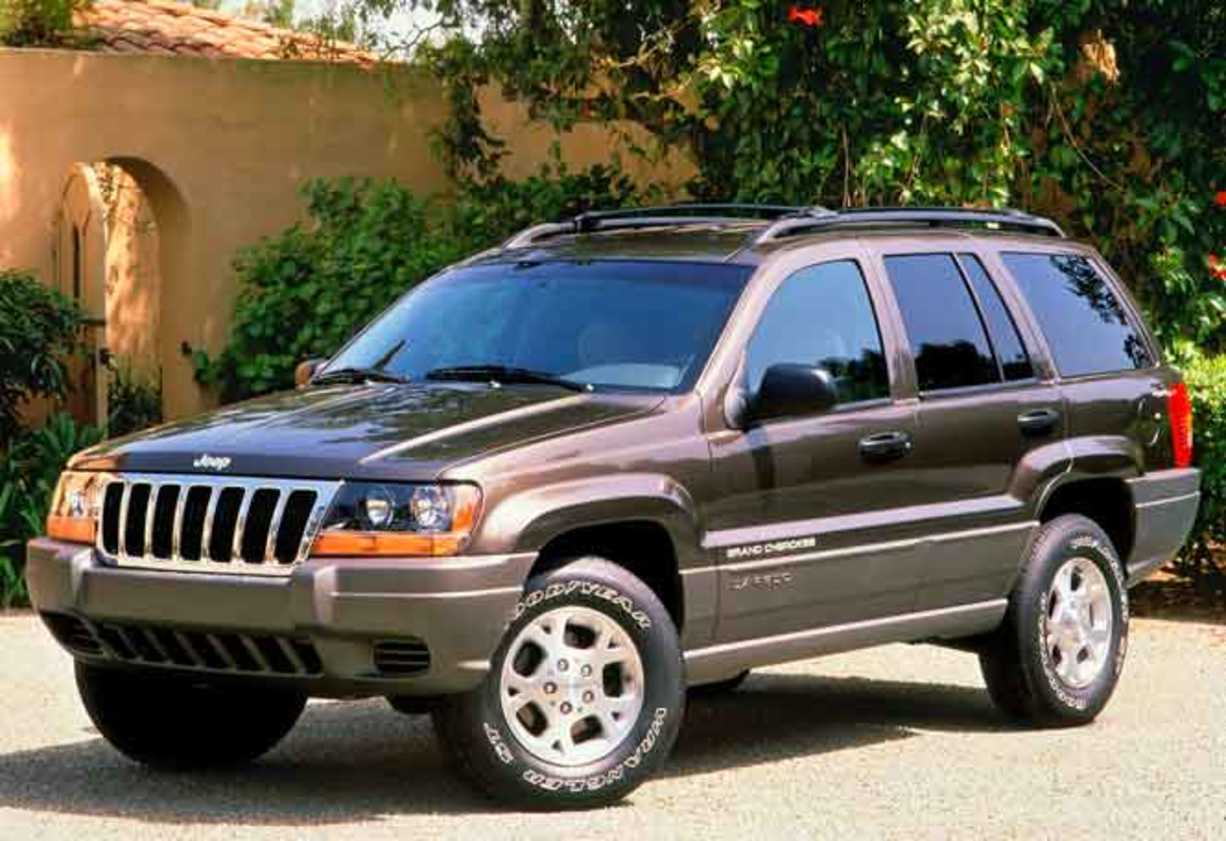
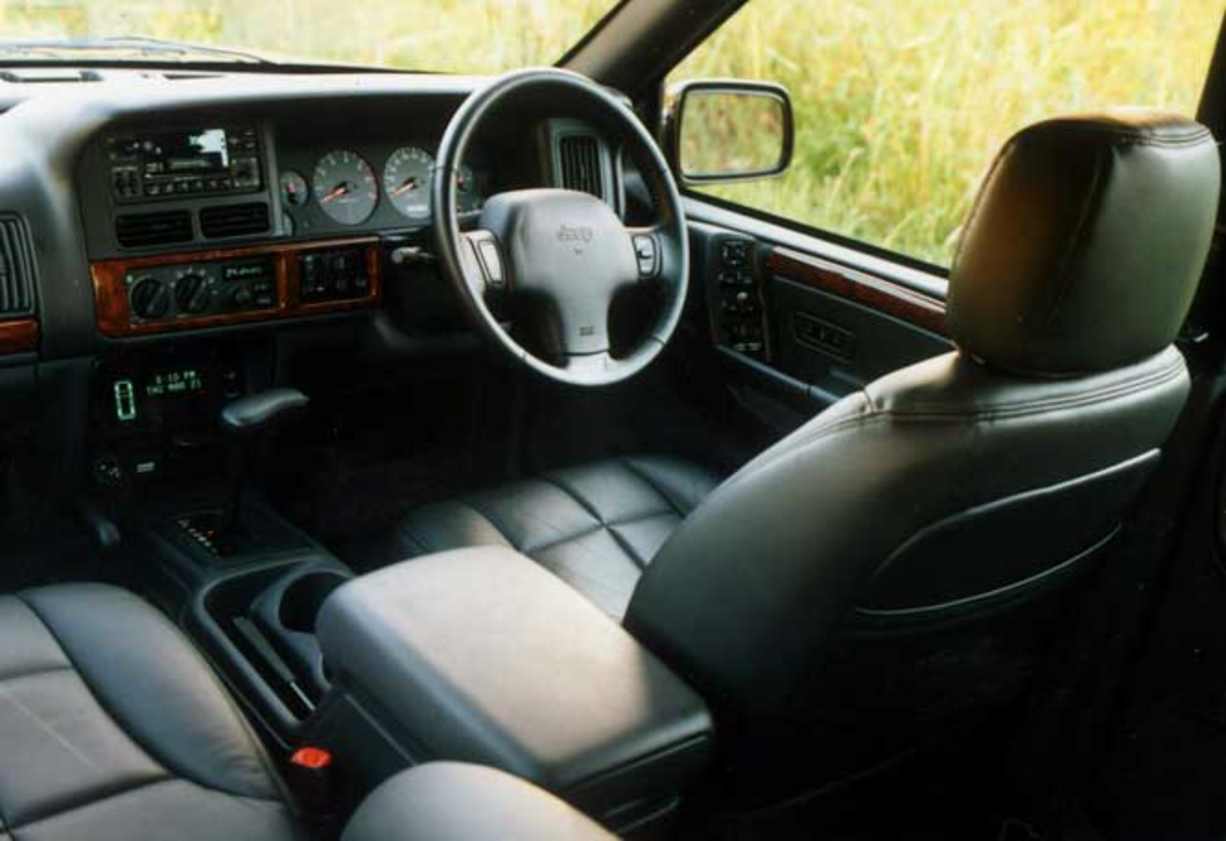
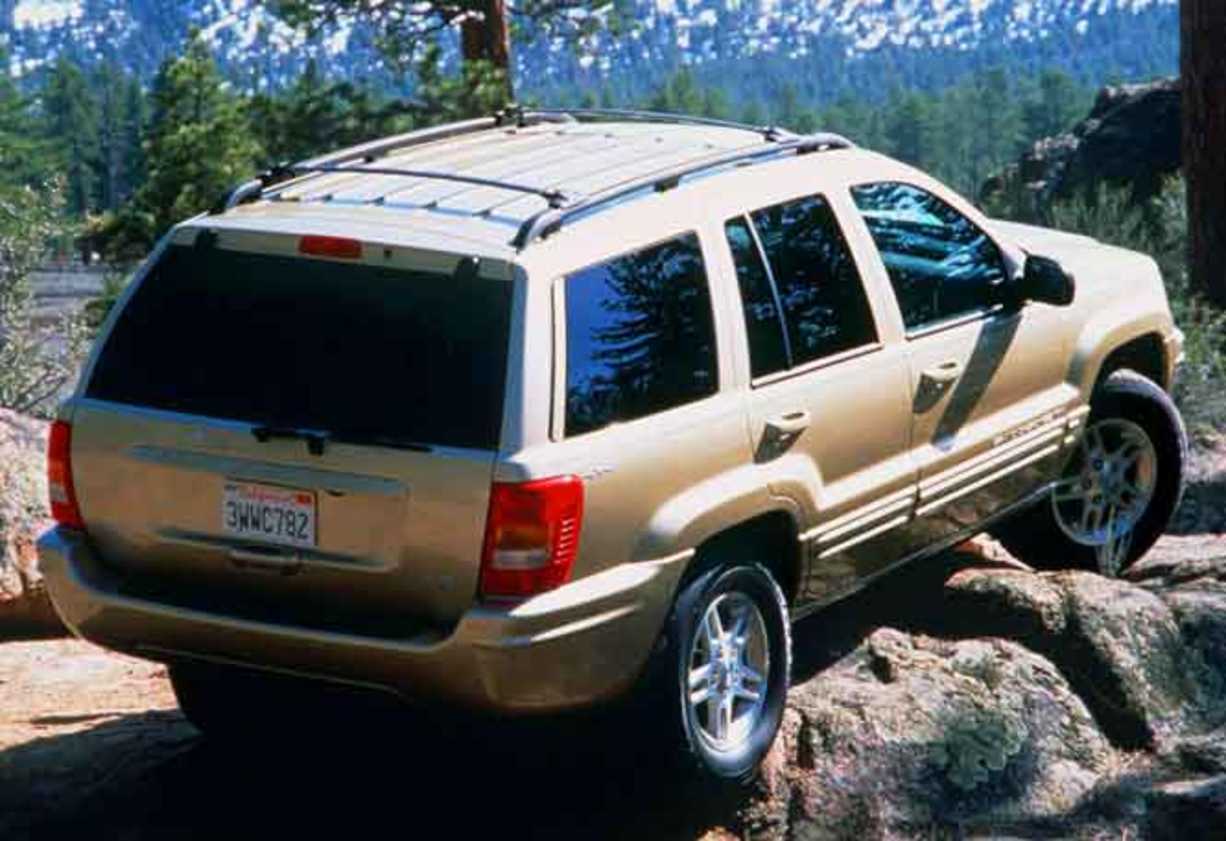
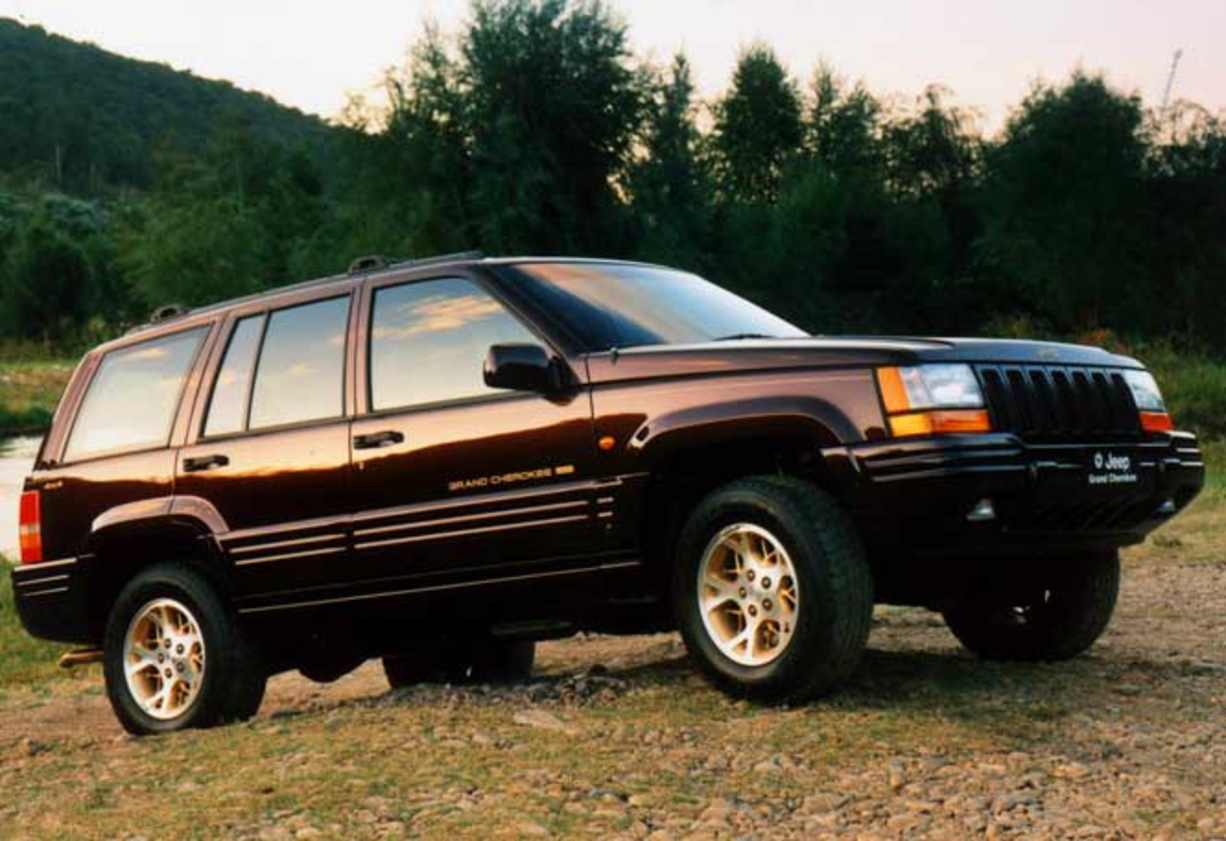
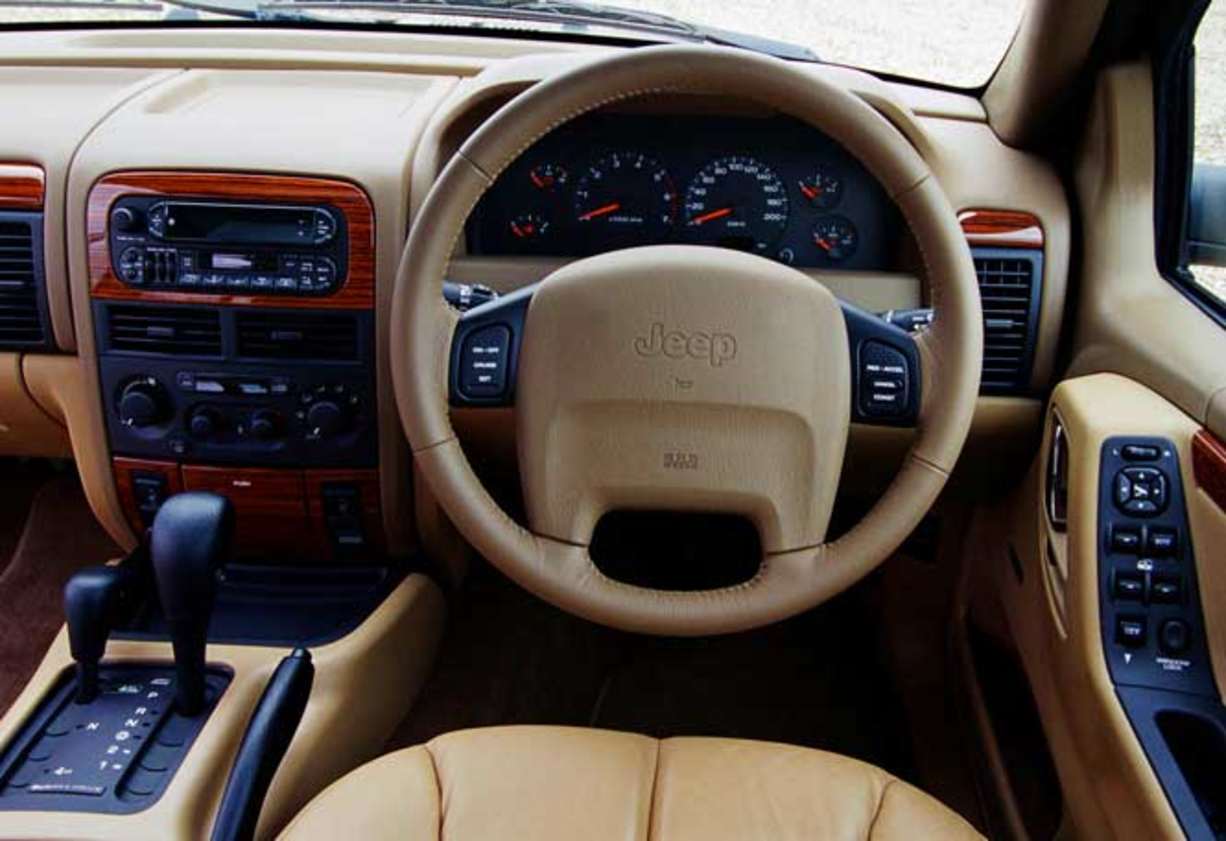
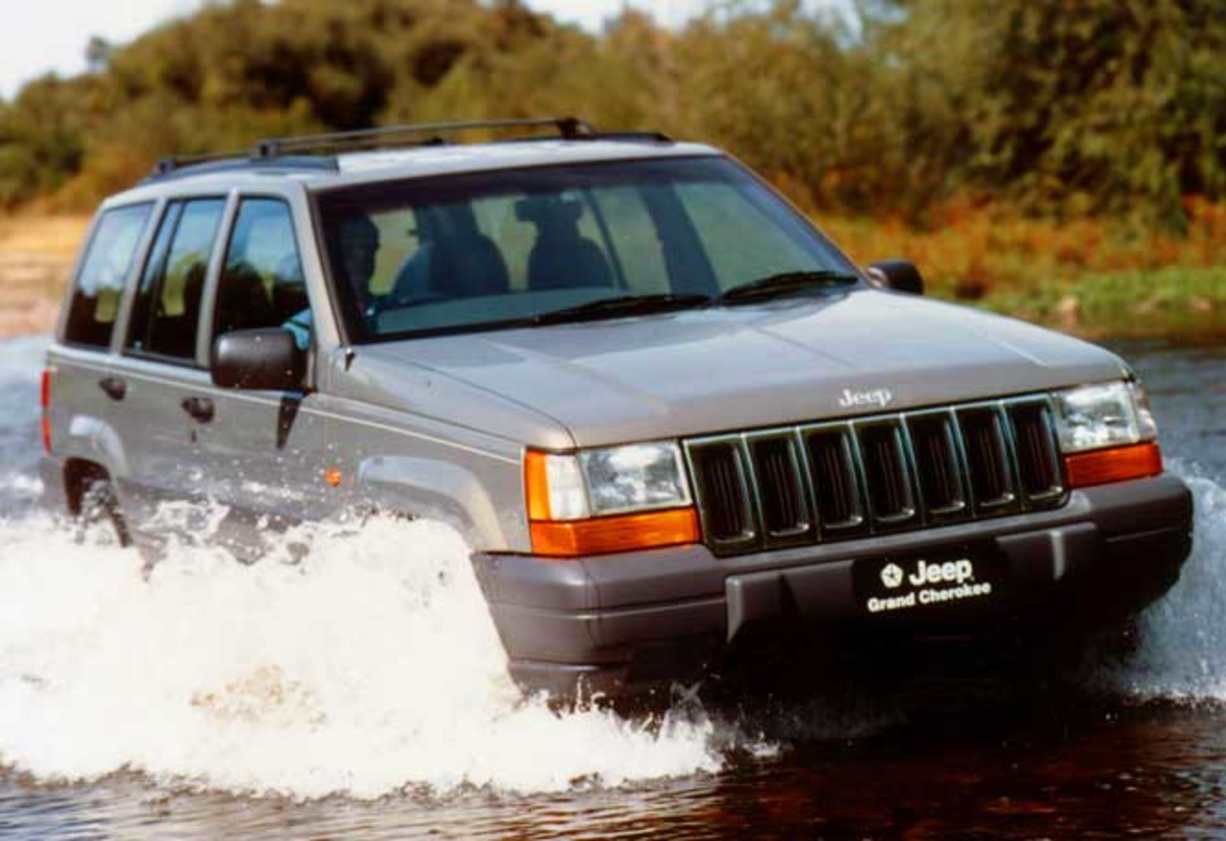
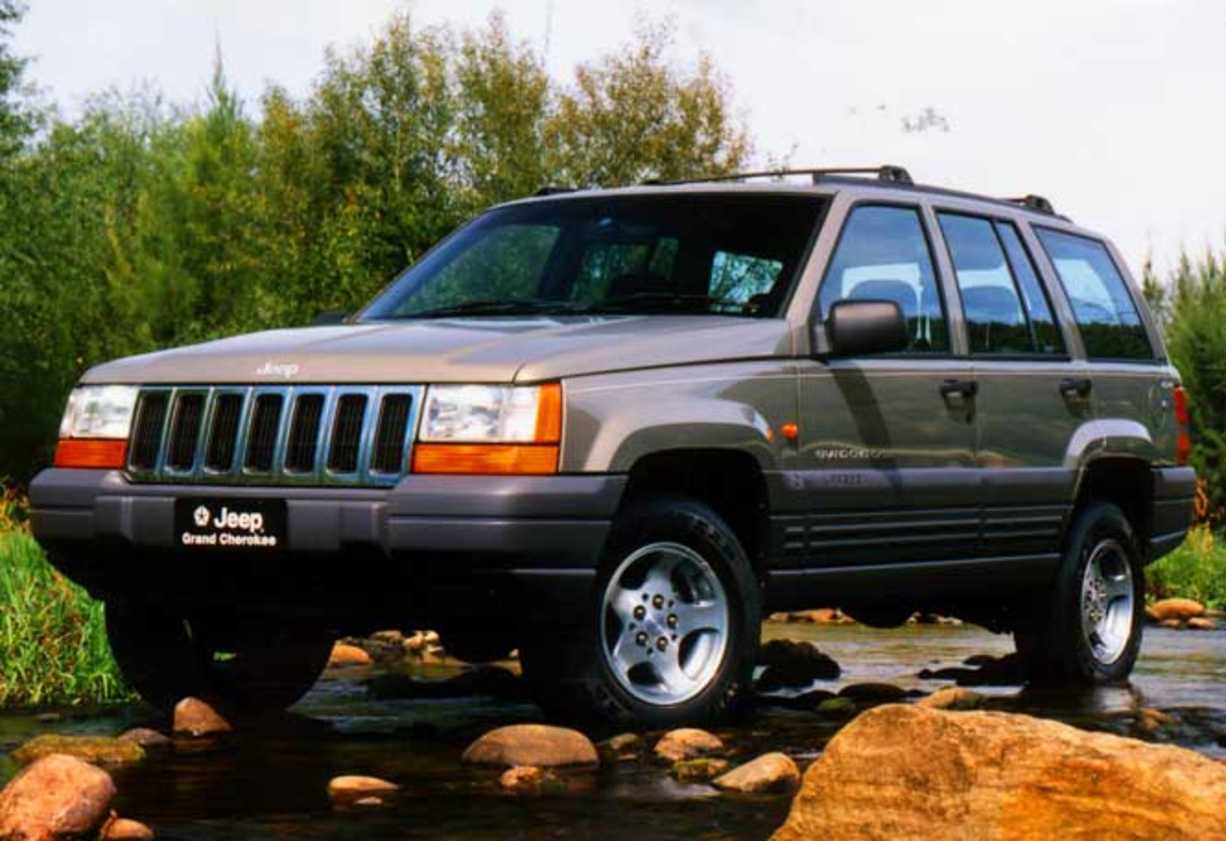
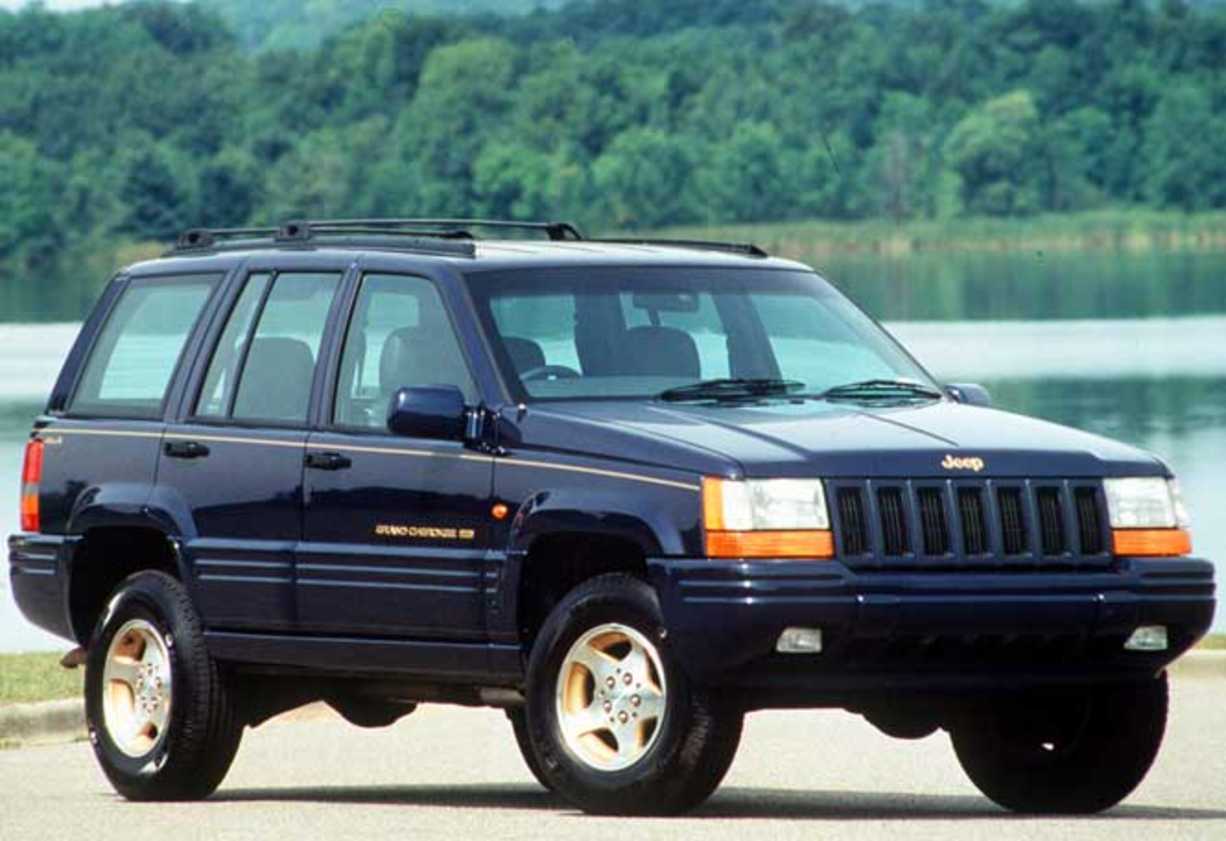















.jpg)

.jpg)







.png)





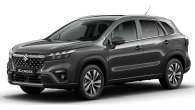

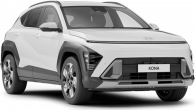
.jpg)


